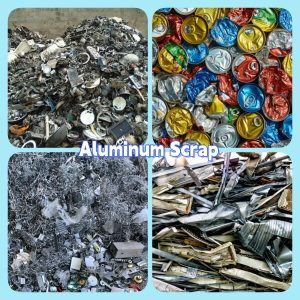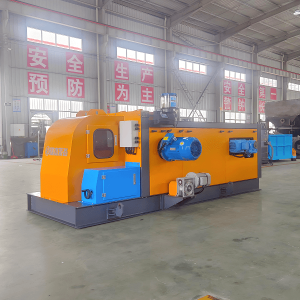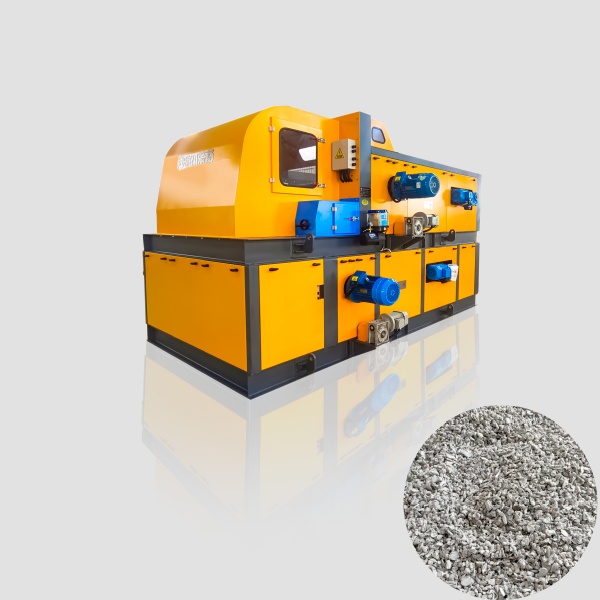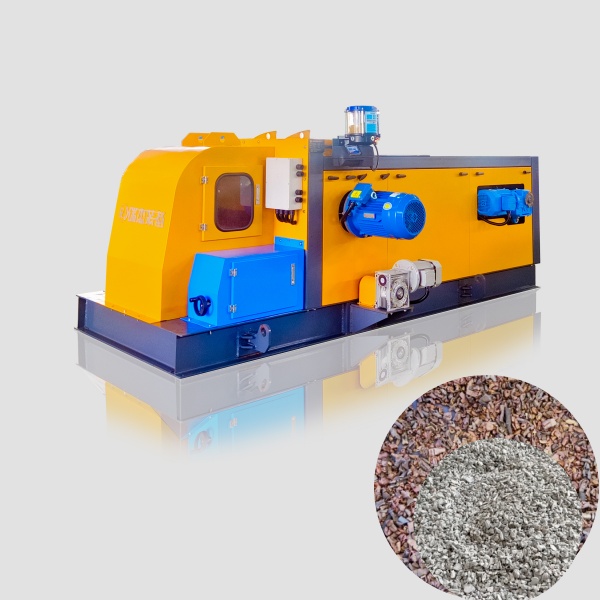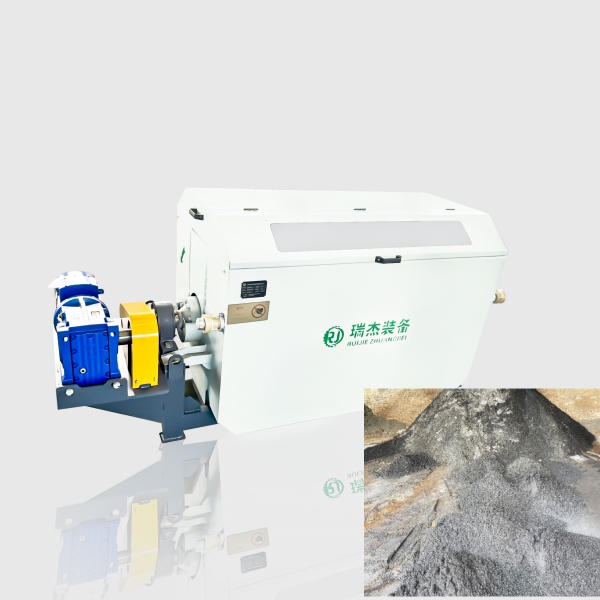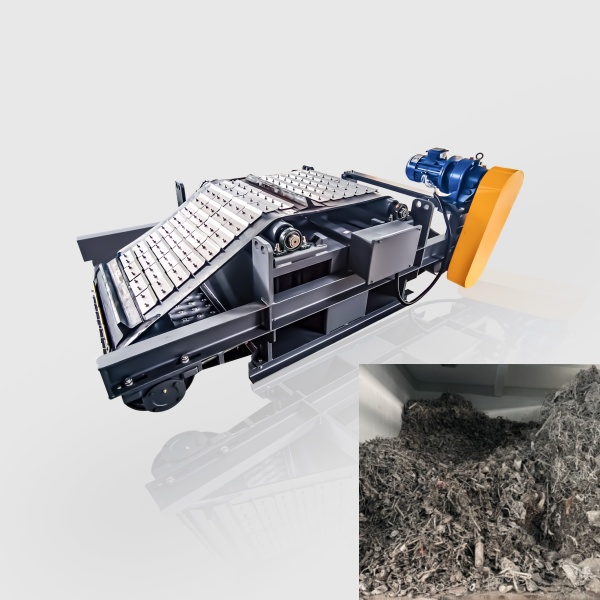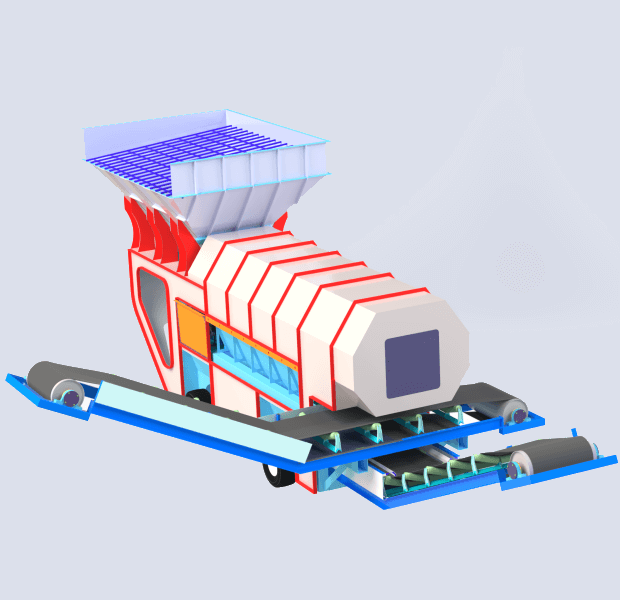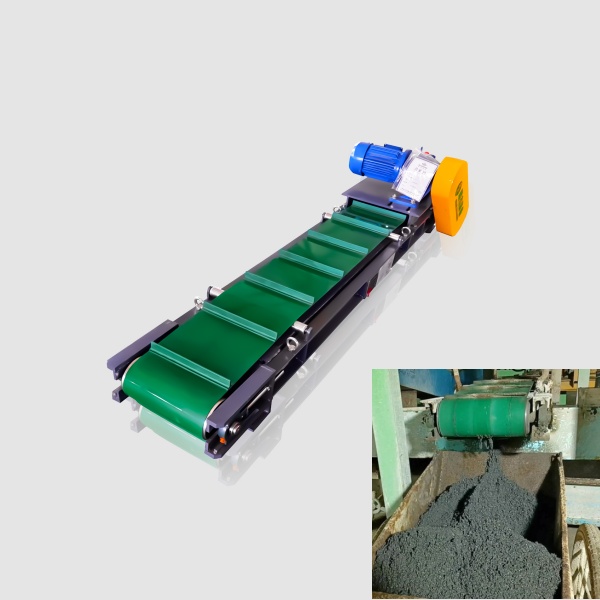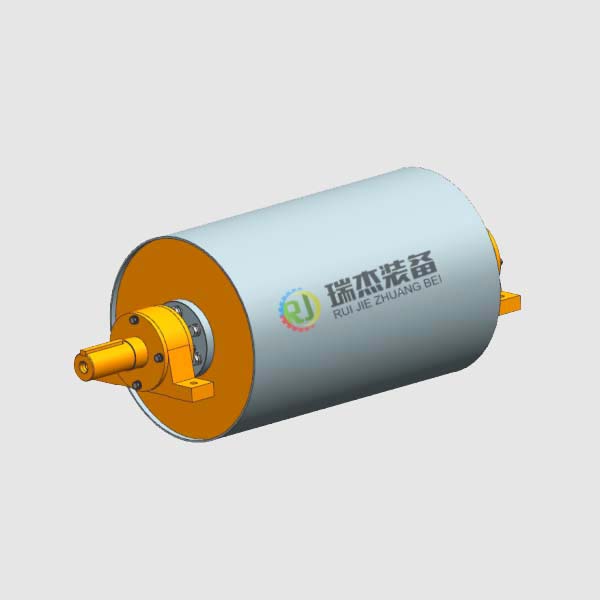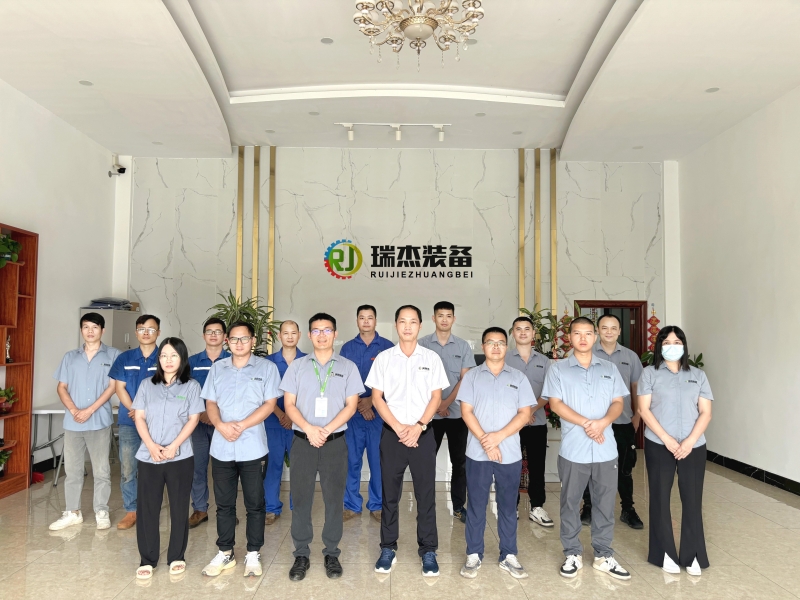Aluminum, a versatile metal integral to modern life, faces growing demand alongside resource constraints. Recycling scrap aluminum emerges as a sustainable solution with multifaceted benefits.
Sources of Aluminum Resources
Aluminum originates primarily from bauxite ore, a finite resource concentrated in specific global regions. According to the International Aluminum Institute (IAI), approximately 32 million tons of bauxite are mined annually to produce primary aluminum. However, scrap aluminum—from end-of-life products and manufacturing waste—provides an alternative, renewable resource stream.
Applications of Aluminum
Aluminum’s unique properties drive its widespread use. It dominates packaging (35% of global consumption, per IAI), including beverage cans and food containers. The construction sector uses 25% for windows, doors, and structural components, while automotive and aerospace industries rely on its lightweight strength for vehicles and aircraft.
Economic Value of Aluminum
Aluminum retains significant economic value through its lifecycle. The Aluminum Association reports that recycled aluminum commands 85-95% of the market price of primary aluminum. Its high recyclability creates a $10 billion global recycling industry, generating jobs in collection, processing, and manufacturing.
Feasibility of Recycling Scrap Aluminum
Scrap aluminum recycling demonstrates exceptional feasibility supported by mature infrastructure and technological advancements. Municipal waste management systems in over 80% of developed countries integrate dedicated aluminum collection streams, with curbside programs achieving 65-70% participation rates in Europe. Industrial recycling networks are even more robust—automotive manufacturers like Tesla and Toyota implement closed-loop systems where 95% of production scrap is immediately recycled back into manufacturing processes.
The material’s inherent properties enhance feasibility: aluminum remains chemically stable through multiple recycling cycles without quality degradation. Unlike many materials, it can be recycled indefinitely while maintaining 90% of its original mechanical properties (IAI Technical Report, 2023). This durability explains why the global scrap aluminum supply has grown at 4.2% annually since 2010, reaching 38 million tons in 2024, according to the World Aluminum Recycling Council.
Benefits of Recycling Scrap Aluminum
Recycling scrap aluminum delivers transformative environmental and economic benefits. Environmentally, it achieves dramatic resource conservation: producing one ton of recycled aluminum saves 7.5 tons of bauxite ore and 13,500 kWh of electricity compared to primary production (Aluminum Association, 2024). This translates to a 95% reduction in energy consumption and 90% lower greenhouse gas emissions—equivalent to removing 20 cars from the road for one year per ton of recycled aluminum.
Economically, recycling creates a virtuous cycle: the U.S. recycling industry generates \(7 billion annually in direct revenue while saving manufacturers \)2.5 billion yearly in raw material costs. Job creation is substantial too—for every 10,000 tons of scrap processed, 36 jobs are created in collection, sorting, and processing, compared to just 4 jobs from equivalent primary aluminum production (EPA, 2023). Additionally, recycling reduces landfill burden: aluminum cans alone account for 1.1% of municipal solid waste, but recycling prevents 1.5 million tons from reaching landfills annually in the U.S.
Recycling Methods
Traditional aluminum recycling follows a multi-step process: manual sorting to remove contaminants, shredding into 2-5cm pieces, magnetic separation to extract ferrous metals, and smelting in reverberatory furnaces at 750-800°C. While effective for homogeneous streams like beverage cans (achieving 85-90% purity), traditional methods struggle with mixed waste, requiring 20-30 hours of labor per ton processed.
Modern facilities increasingly adopt eddy current separation technology, which revolutionizes mixed waste processing. The system works by passing shredded material over a rotating magnetic drum, creating eddy currents in conductive metals like aluminum that generate opposing magnetic fields—effectively repelling aluminum particles into a separate collection bin. Integrated systems combine this with near-infrared sensors for polymer identification, creating fully automated sorting lines.
Advantages of Eddy Current Separators
Eddy current separators offer game-changing advantages for large-scale recycling. Their precision separation achieves 98% purity levels even in highly contaminated waste streams, according to equipment manufacturer Steinert. Processing capacities range from 5 tons/hour for small systems to 50 tons/hour for industrial-scale installations, operating continuously with minimal supervision.
Cost savings are substantial: automated systems reduce labor costs by 70% compared to manual sorting, while higher purity reduces smelting losses by 12-15%. Energy efficiency improves too—modern separators consume just 1.2 kWh per ton processed. Perhaps most importantly, they enable recycling of complex aluminum composites (like aluminum-plastic laminates) that were previously unrecyclable, expanding the recyclable material universe by an estimated 22~25% (Recycling Technology Magazine, 2024).
Conclusion
Recycling scrap aluminum is an economic and environmental imperative. It conserves finite resources, cuts energy use and emissions, and sustains a valuable industry. As eddy current separators and other advanced technologies improve efficiency, expanding aluminum recycling will play a vital role in creating a circular economy, ensuring this essential metal remains available for future generations.

